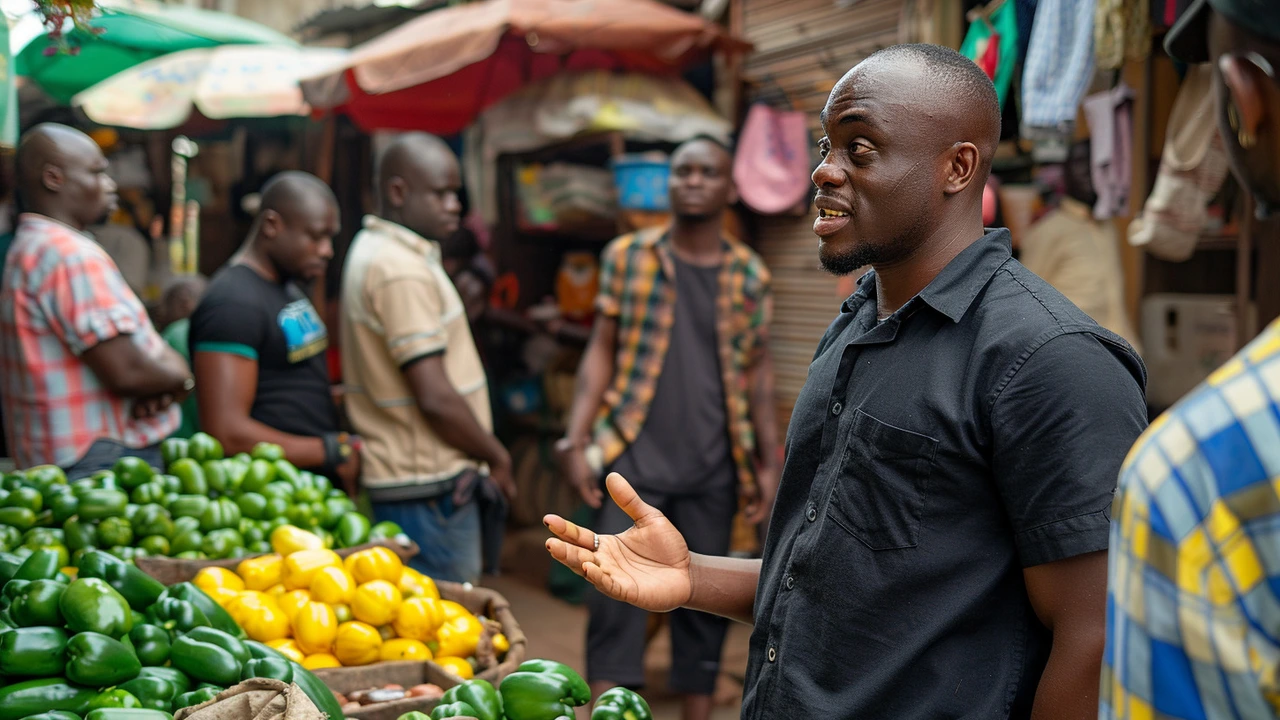Financial inclusion means making sure everyone can access essential financial services like bank accounts, loans, payments, and insurance. It’s about breaking down barriers so that people, especially the ones who usually get left out—like low-income families or small business owners—can manage their money easily and safely.
Why should you care? Because when more people can save, borrow, and invest, it sparks growth in communities and helps lift people out of poverty. It’s not just a bank’s job; governments, businesses, and tech firms all play a role in creating inclusive financial systems.
Mobile banking and digital wallets have revolutionized access to money. Imagine sending cash or paying bills right from your phone without needing to visit a bank. This is huge, especially in places where banks are few and far between. Apps and online platforms make it possible for people in rural or underserved areas to join the financial world quickly and cheaply.
But it’s not just about tech—education matters too. Showing people how to use these tools and explaining the benefits builds trust and encourages use. It’s about making financial services easy, affordable, and secure for everyone.
When more folks can get loans or save securely, local businesses grow and new jobs open up. Consumers can buy more, which boosts markets. Plus, financial inclusion helps reduce risks and increases transparency, which attracts more investment. It’s a win for individuals and the wider economy.
Still, challenges remain. Not everyone has an ID or smartphone, and sometimes fees or complicated procedures put people off. Fixing these problems means everyone wins—stronger financial health at the grassroots level means a stronger economy for all.
So next time you think about money, remember financial inclusion isn’t just a buzzword—it’s a key part of creating fairer opportunities and a more stable future.
